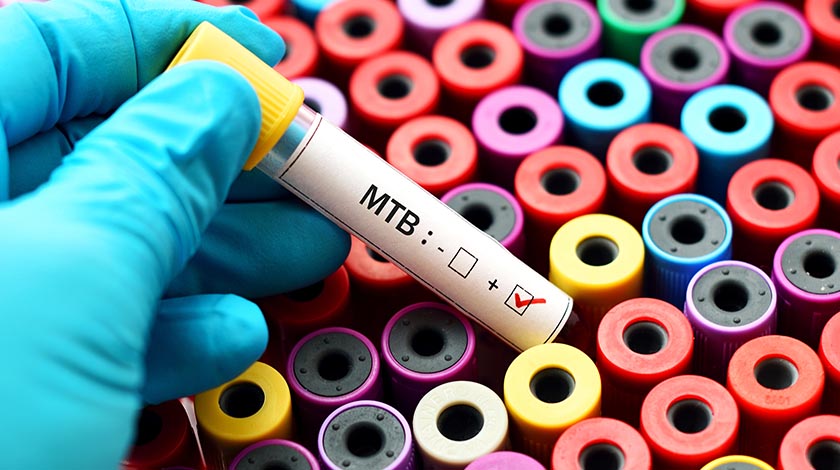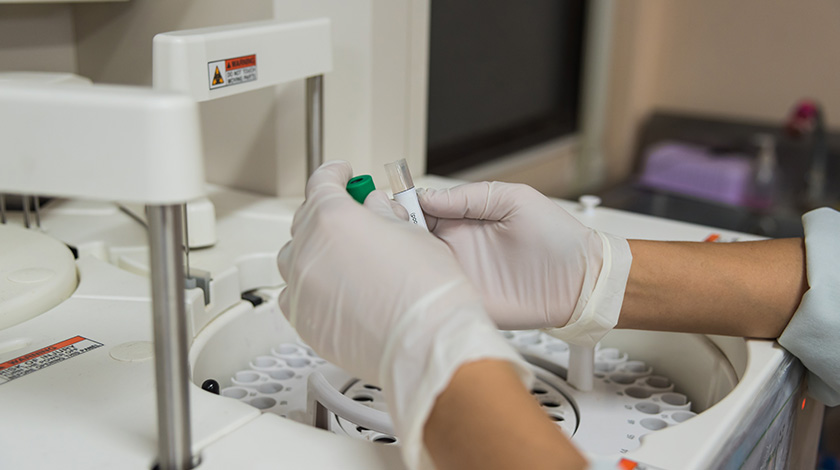Heightening Awareness of a Deadly Disease
Humans have been battling with tuberculosis for centuries and though there has been much progress made towards its treatment, cure and eradication, this deadly disease continues to plague millions worldwide. And in countries the world over, people continue to battle chronic respiratory illnesses such as chronic obstructure pulmonary disease (COPD) and asthma.
March 24th – World Tuberculosis Day - is dedicated to the plight of sufferers worldwide and serves as a sobering reminder that we have much more work to do if we are to create a world free of respiratory illnesses. The World Health Organisation (WHO) envisions a world in which every single person, from a newborn infant to the elderly experiencing their golden years, can breathe freely, and by alerting ourselves to the dangers of tuberculosis, we can take steps towards achieving that goal.
What is Tuberculosis?
Tuberculosis (TB) is an airborne disease caused by the bacterium mycobacterium tuberculosis. While this bacterium most often affects the lungs, it can also target other crucial organs such as the kidneys, lymph nodes and brain, and can lead to fatal complications.
Who is most at risk?
Tragically, young adults are most prone to developing tuberculosis, and there is no telling how many patients have seen their most productive years devastated by this crippling illness. However, this should not lead to complacency, as TB can strike people of any age. In fact, a staggering one-third of the world’s population has latent TB, where TB bacteria lies dormant inside the body without causing any symptoms.
Patients with latent TB have a 10% chance of developing full-blown TB down the road. This figure is much higher for high-risk groups such as
- Diabetics;
- narcotic or alcohol addicts;
- those with a weakened immune system (due to chronic illnesses or HIV); and
- those who have been affected with TB bacteria within the last two years.
While there is a vaccine for the tuberculosis disease, its use is nowhere near as prevalent as you might think. Given that over 95% of cases and deaths are in developing countries, it is clear that we have a long way to go in ensuring equal access to this life-saving vaccine across the world.
Symptoms, Diagnosis, and Treatment
Besides a productive cough that lasts 3 or more weeks (the most common and well-known symptom), other indications that latent TB have developed into active TB are:
- mild but persistent fevers
- night sweating
- weight loss
- chest pains
- coughing up blood or sputum
If you detect a persistent and productive cough, combined with any of the other symptoms above, it’s essential that you consult a doctor immediately.
Doctors primarily employ two tests to detect TB: the TB skin test and the TB blood tests. However, in less-developed countries, medical professionals may still rely on an old method of diagnosis known as sputum smear microscopy. This method is inferior to the skin and blood tests as it cannot detect less infectious mutations of the TB bacterium. Wherever possible, the skin and blood tests should be used for more accurate diagnoses.
When TB infection is positively identified, anti-TB drugs are administered over a period of 6 to 9 months. With the rapid advances made in medical science, the recovery rate for TB patients who complete their course of medication is over 95%.
However, most would agree that the 95% figure is not high enough. This March 24th, let’s remember those who have lost their lives to TB, and renew our commitment to a TB-free world.
© Cigna Healthcare 2023
Information provided in this article is intended for health and fitness purposes only and is not intended for use in the diagnosis of disease or other conditions, or in the cure, mitigation, treatment or prevention of disease (see Terms & Conditions for details). Any health-related information found in this article is available only for your interest and should not be treated as medical advice. Users should seek any medical advice from a physician, especially before self-diagnosing any ailment or embarking on any new lifestyle or exercise regime. Any information contained in this article may not be suitable, accurate, complete or reliable. Cigna Healthcare accepts no responsibility for the content or accuracy of information contained on external websites or resources, or for the security and safety of using them. "Cigna Healthcare" and the "Tree of Life" logo are registered trademarks of Cigna Intellectual Property, Inc. in the United States and elsewhere, licensed for use. All products and services are provided by or through operating subsidiaries, and not by The Cigna Group.






